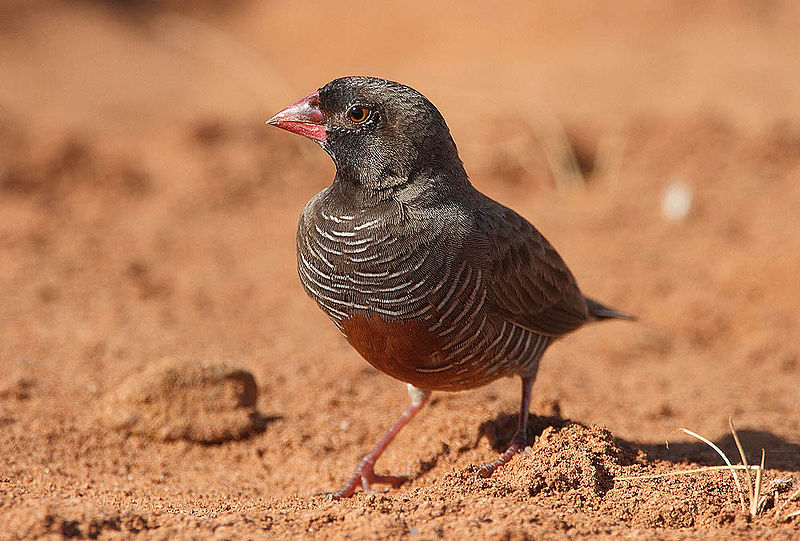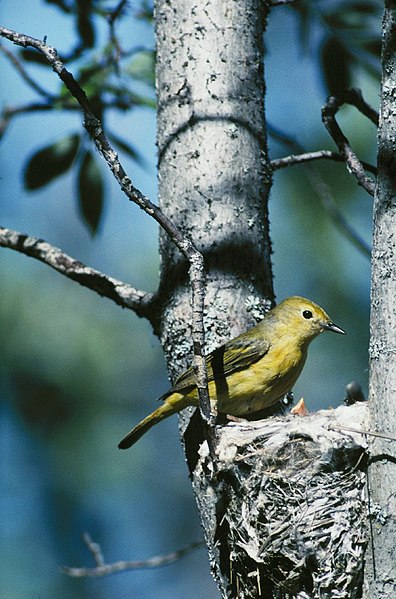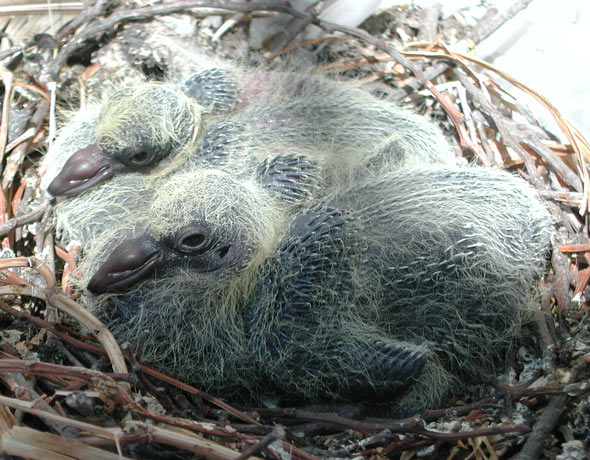 Finches and quails, both popular with bird fanciers, differ greatly in appearance and habits. Except, that is, for an unusual bird known as the African Quail Finch, Ortigospiza atricollis (a/k/a Partridge Finch, Black-Chinned Quail Finch). It is a true finch, classified with other waxbills in the family Estrildidae, but one could not be blamed for thinking otherwise…in appearance and behavior, it very much resembles a minute quail. If you’ve always wanted to keep quail but lack the space, or just wish to work with a very unique finch, you may want to consider these charming little birds. Read More »
Finches and quails, both popular with bird fanciers, differ greatly in appearance and habits. Except, that is, for an unusual bird known as the African Quail Finch, Ortigospiza atricollis (a/k/a Partridge Finch, Black-Chinned Quail Finch). It is a true finch, classified with other waxbills in the family Estrildidae, but one could not be blamed for thinking otherwise…in appearance and behavior, it very much resembles a minute quail. If you’ve always wanted to keep quail but lack the space, or just wish to work with a very unique finch, you may want to consider these charming little birds. Read More »
Category Archives: Bird Behavior
Feed SubscriptionFive Ways to Welcome Migratory Birds Back to Your Yard
 Birds all across the USA are now returning from their wintering grounds and will soon be visiting feeders and raising new families. Many migratory birds are threatened by loss of both summer and winter habitats, and by problems they encounter on route. Anything we can do to help migratory birds will also benefit resident species, and of course will enable us to more easily observe and enjoy them. Please consider the following suggestions.
Birds all across the USA are now returning from their wintering grounds and will soon be visiting feeders and raising new families. Many migratory birds are threatened by loss of both summer and winter habitats, and by problems they encounter on route. Anything we can do to help migratory birds will also benefit resident species, and of course will enable us to more easily observe and enjoy them. Please consider the following suggestions.
Native Vegetation and Dead Trees
Allow a portion of your yard to “remain wild” by encouraging native scrub, bushes and grasses. If you also have a garden and/or lawn, adding native plants will create an “edge effect” – a zone where different habits meet. Such areas, whether they be forest/field or lawn/scrub, always attract far more species than either habitat individually. Read More »
Unique Finches – the Top 5 Species for Those in Search of Something Different
Although a few commonly-kept finches dominate the pet trade, an amazing range of unusual species are available. Many are delicate and rarely seen, but quite a few are just as hardy as the ever-popular Zebra Finch. Today I’d like to introduce some of my favorite less-commonly-kept finches, each of which is special in its own way – the Red Avadavat, Gray-Headed Silverbill and the Star, Masked and Spice Finches. All are hardy, breed well, and may be housed in large indoor cages or outdoor aviaries. I’ll cover husbandry details in future articles; until then, please write in with any questions. Read More »
New Study – Birds Show Empathy and Share the Emotional State of Others
It’s well known that birds exhibit an extraordinary degree of care and protectiveness towards their chicks…having been attacked by avian parents ranging from owls to ostriches, I can vouch for this firsthand! As impressive as this may be, most folks tend to accept it as a matter of course – the survival of the species, after all, depends upon the new generation. However, an amazing new study at the University of Bristol (UK) has revealed that female domestic chickens actually seem to exhibit empathy – that is, the ability to share and be affected by the emotional state of another individual. Read More »
Hand-Rearing Young Pigeons and Doves
 A ThatBirdBlog reader in Bangkok, Thailand recently contacted me concerning the hand-rearing of Zebra Dove nestling whose parents had been attacked by a crow. The incident reminded me that spring is on the way, and with it will come a number of calls concerning young pigeons and doves (or “squabs”), that have fallen from their nests or have otherwise become orphaned. Those who keep pigeons and doves as pets, or who “fly” them as a hobby, are also sometimes called upon to raise abandoned nestlings.
A ThatBirdBlog reader in Bangkok, Thailand recently contacted me concerning the hand-rearing of Zebra Dove nestling whose parents had been attacked by a crow. The incident reminded me that spring is on the way, and with it will come a number of calls concerning young pigeons and doves (or “squabs”), that have fallen from their nests or have otherwise become orphaned. Those who keep pigeons and doves as pets, or who “fly” them as a hobby, are also sometimes called upon to raise abandoned nestlings.
Crop Milk
Pigeons and doves depart radically from other birds when it comes to rearing their chicks. Rather than providing them with insects or fruit, breeding adults produce a semi-solid nestling food known as pigeon milk or crop milk. While not related to mammalian milk, there certainly are some parallels.
The “milk” is secreted from the lining of the crop, which is a food storage organ located at the end of the esophagus (base of the throat) of most birds. It is higher in protein (38%) and fat (58%) than both cow and human milk, and allows for very rapid growth. Crop milk also contains several vitamins and minerals, and is produced by both males and females. Read More »
 That Bird Blog – Bird Care and History for Pet Birds
That Bird Blog – Bird Care and History for Pet Birds
